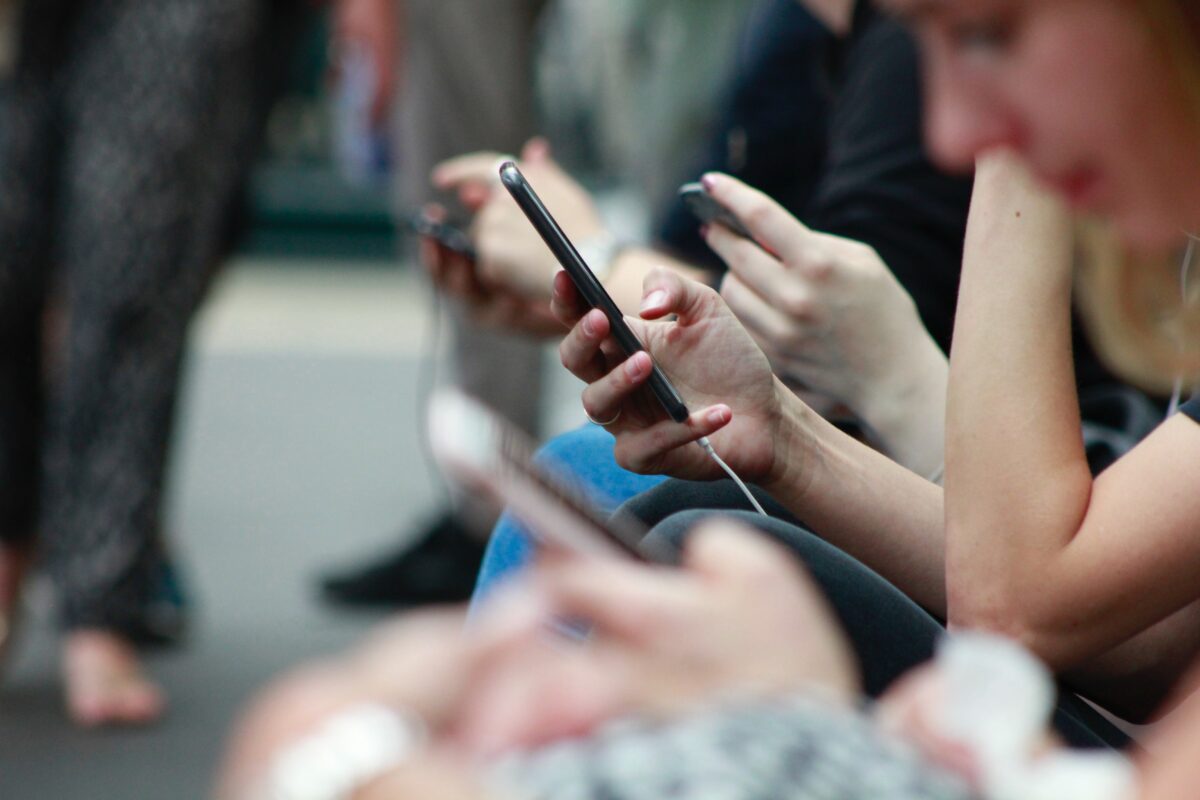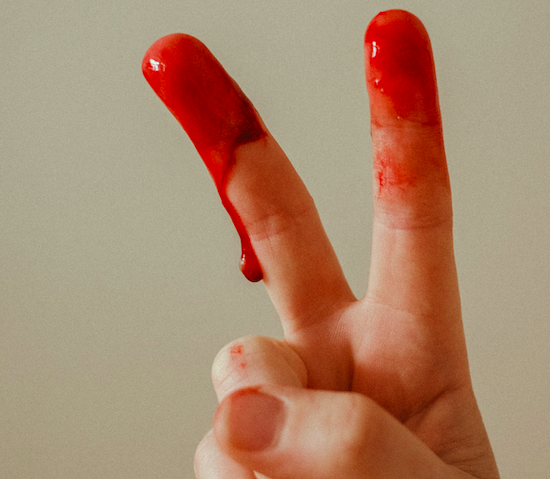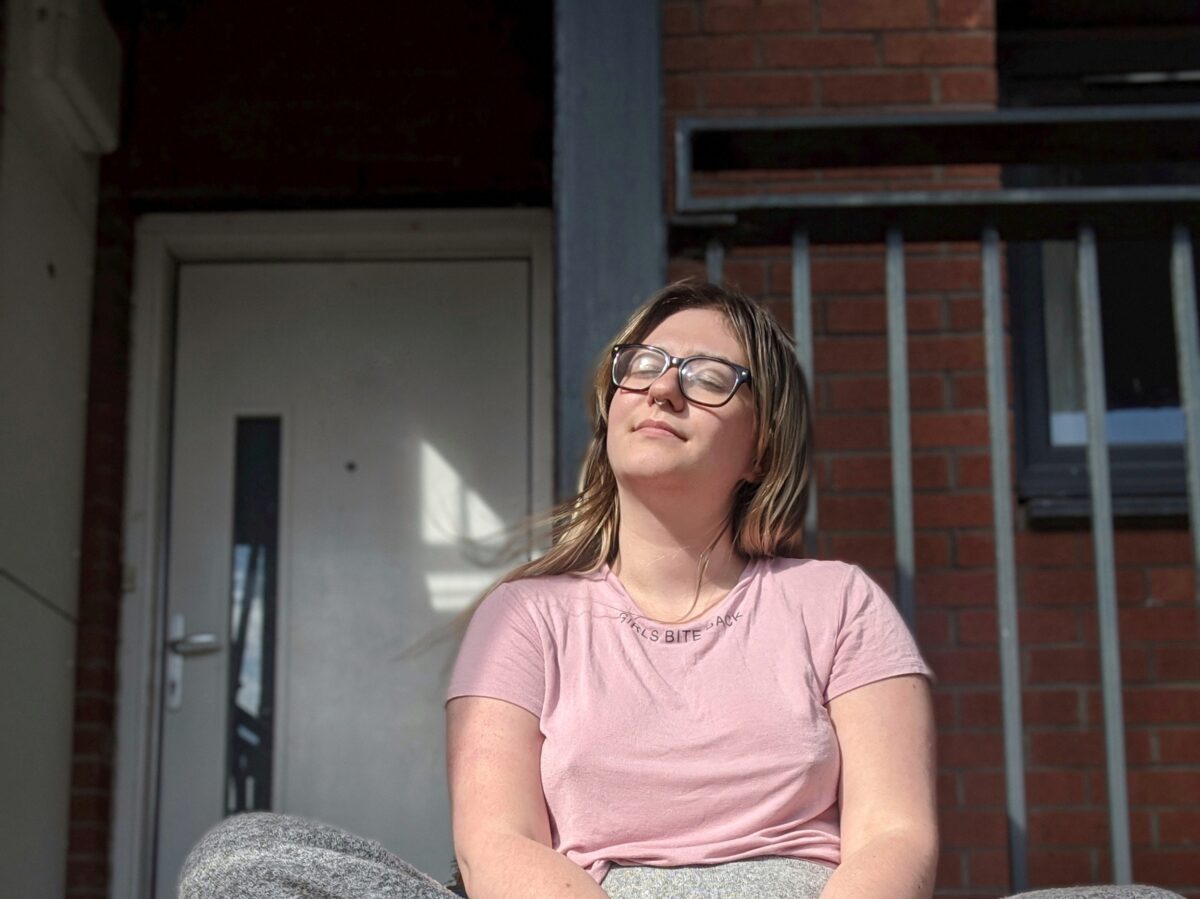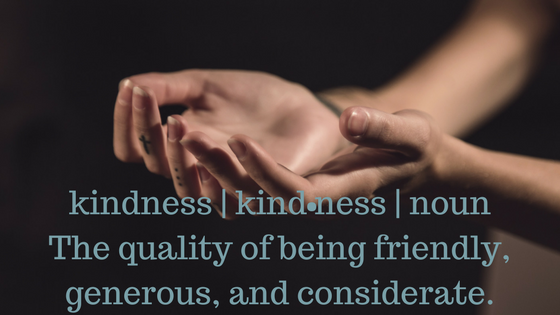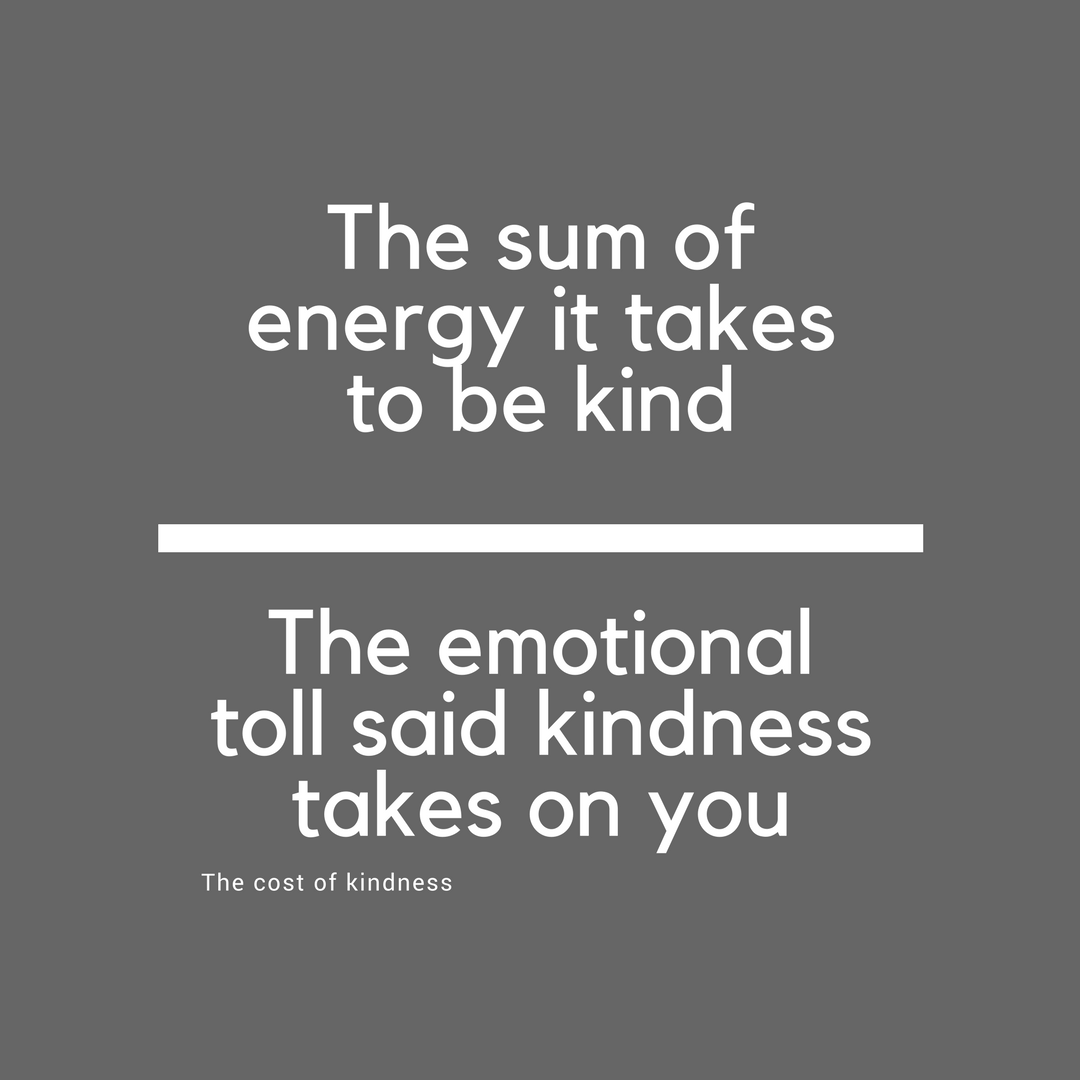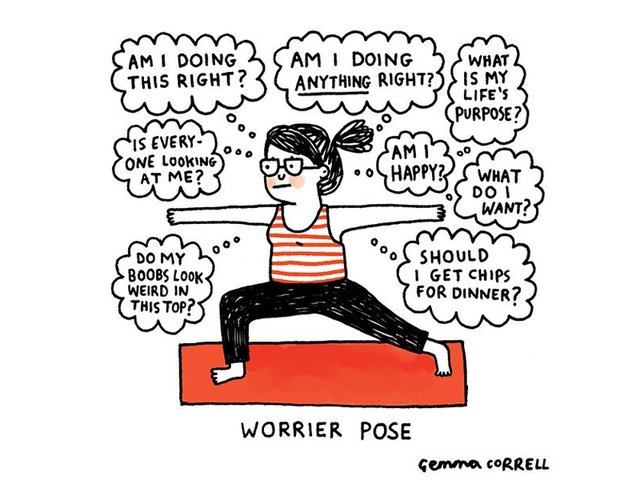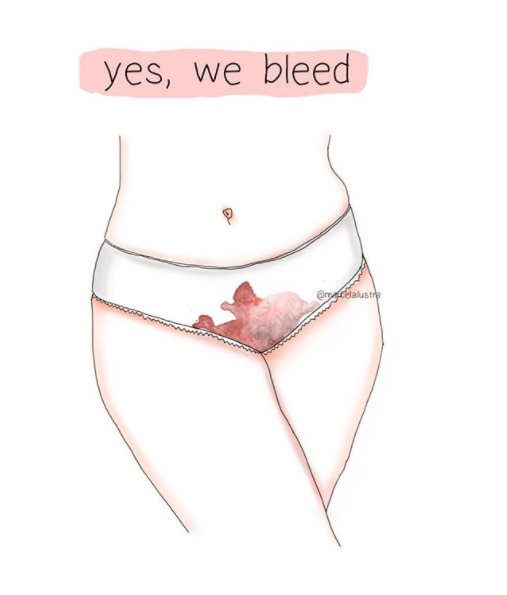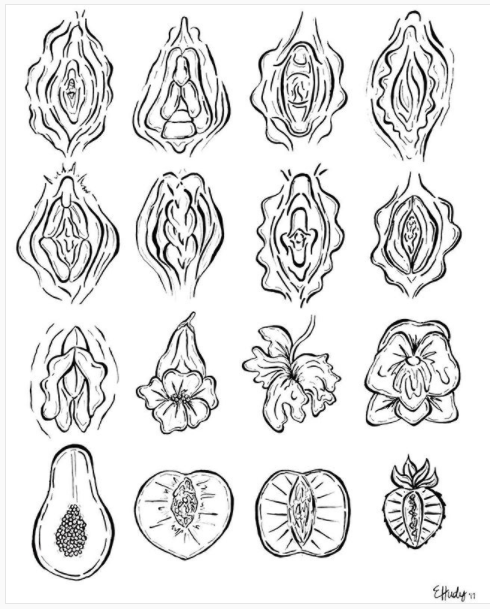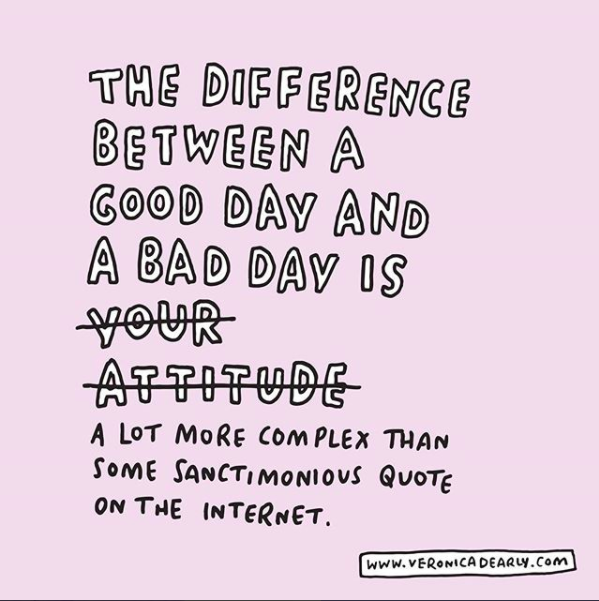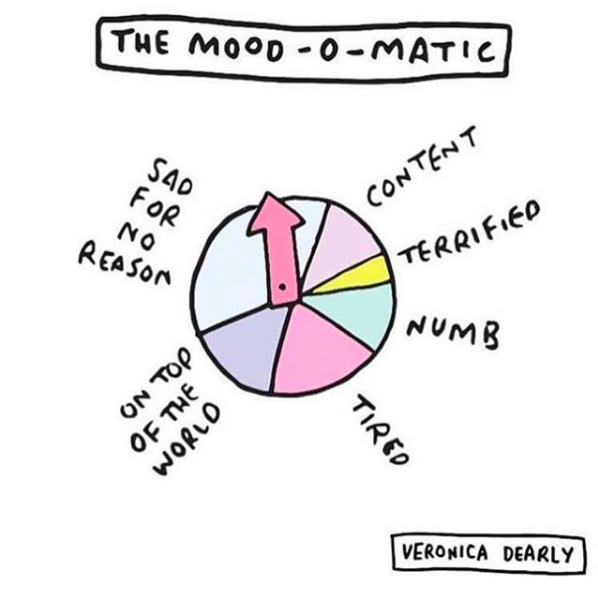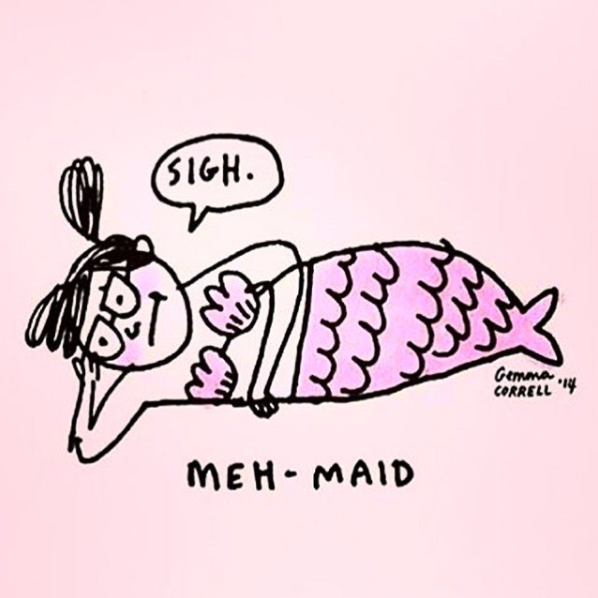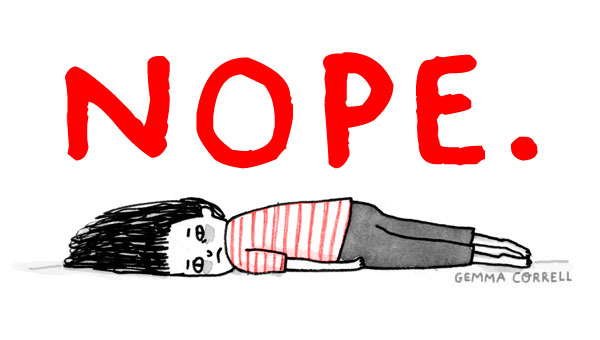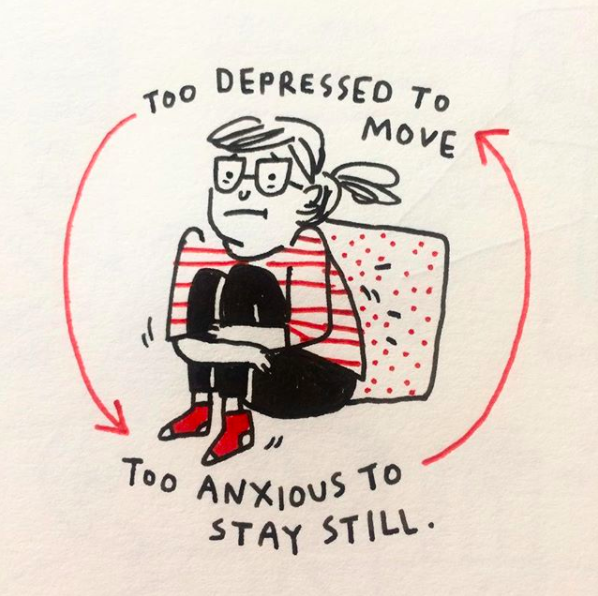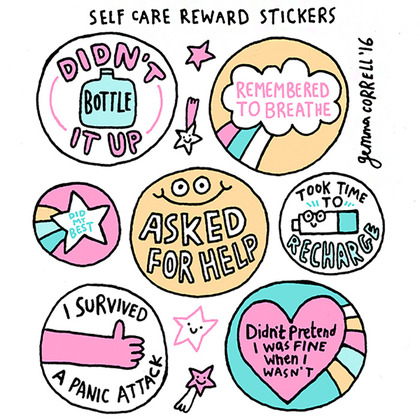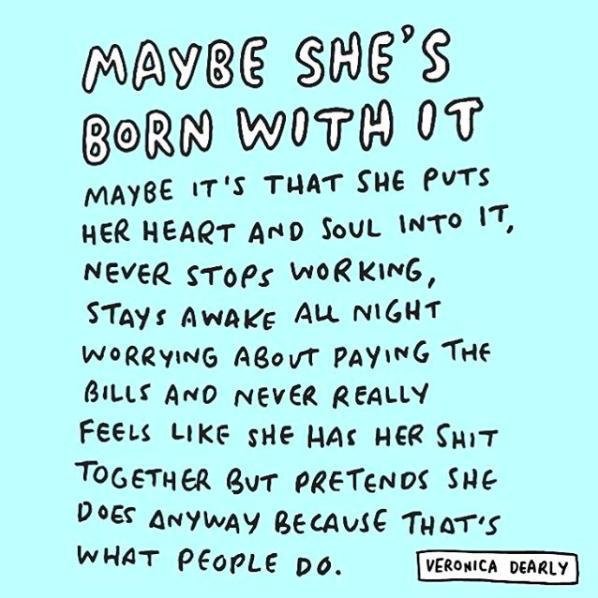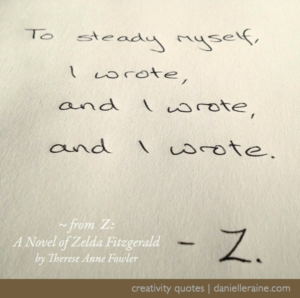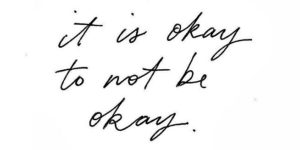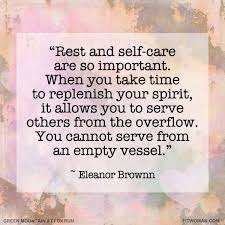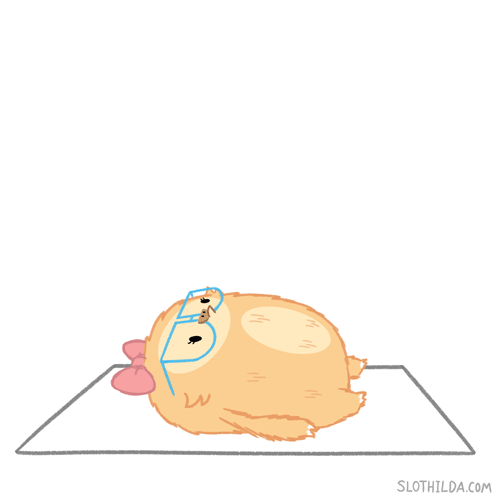Are you scrolling to connect? Or to switch off?
You can’t do both at once. Not meaningfully, anyway. Your relationship with your social media apps will be different from anyone else. The pressures, joys, frustrations – they’ll all vary. There are some things you can do, though, to create a healthier interaction with the apps and, by extension, other people.
Identify your motivation
We all love scrolling mindlessly on a lunch break, of an evening, maybe while we’re supposed to be getting on with work that has a deadline looming over us and the pressure is too much so please just let me escape via the adventures and filtered views of other people’s less stressful lives please.
But if that’s the case, you can’t consciously commit to learning new things via educators, content creators, or your friends. You brain isn’t going to retain the information you consume. Are you going to consider it a win because you liked or shared a post about a Big Issue, despite not taking time to actively reflect on what you’ve learned or what you might want to look into next?
Curate your consumption
Instagram is curation central. Whether you post to the grid 3 at a time to maintain satisfying rows of similar colour palettes, use the same filters to edit every image for that chic filtered-not-filtered aesthetic – you’re actively considering the organisation of your images. Use that skill and apply it to your Following list and your Saved pics.
Routinely checking on your Most and Least Interacted With accounts might help you understand which accounts you’re actually benefitting from following. Checking the accounts that have appeared most frequently in your timeline and asking yourself if their content is what you want to be seeing on the reg will help you lessen any frustration or sadness from seeing content that doesn’t benefit you. Liberally use the Mute button – you can mute Stories, grid posts or both. Of course, there’s a line with building an echo chamber that only serves you up squares of pretty confirmation bias, but it’s important to be aware of whose content you’re seeing and how it makes you feel.
You’re bookmarking resources, holiday destinations, outfit pics, dinner inspo and cute animals to bombard your boyfriend with later in the hopes he’ll agree it is actually the right time to get a pet (just me?). How often are you going back through those saved pics you bookmarked? How easy is it to find the educational resources you bookmarked intending to go back and read all 10 slides when you didn’t have that deadline/were feeling more energised for learning? Create different buckets for different content types. I have an Antiracism bucket, a Pole bucket, a PhD bucket, and an Interiors bucket.
I still need to go through my main All Saved set and create more themed sets so it’s easier to find things. But it means that on days where I have the time and energy to spend on some learning, I can go back through the bookmarked posts; learning, reflecting and then researching some more into the topics I’m learning about.
Time out
Have you tried setting a timer for the length of time you can spend on an app in a day? I did, and then found myself logging in via an internet browser to circumvent my own system without adding to the timer. That’s when I truly realised my habit was more problematic than I had been willing to admit.
The thought of No Phone Days gives me anxiety. What if there was a catastrophe? What if someone desperately needed to get in touch? What if… I ~missed something~? So I don’t have No Phone Days, just No Phone time. I am trying to leave my phone in my drawer while I’m working so I don’t end up scrolling through Insta for 20 minutes and ruin a good mood.
I’m practicing asking myself “Do I need to be doing this?” while I’m in mindless-scroll phase. If it turns out that I don’t need to be scrolling, I exit the app and place my phone, screen down, beside me – or in the drawer. There’s so much time I am claiming back – now I’m getting into the habit of reading for enjoyment’s sake (something I struggle to do with my PhD reading being so brain-intensive). Physical barriers and distance will help map your scrolling habits. It might be an affronting realisation, it might not. Either way, at least you’ll know and be adding more intention to your scrolling time.
Beyond the grid
You can’t do all your learning via Instagram. There isn’t enough nuance, context or scope. It’s a great starting point, it’s a useful way to bring attention to issues that people aren’t aware of or engaging with meaningfully. It’s not the start and end of your education. But you already know this. So why not practice asking yourself whether Instagram posts are where you should be learning about the issues you’re educating yourself on. Or whether you should be heading to the internet to find documentaries, podcasts, websites, books, news articles, or whatever other medium you best engage with, to expand your knowledge.
Intention in your scrolling is so important. If you’re scrolling to switch off, don’t even think about ticking your Educated Myself box on the To Do list. It’s disingenuous and it does nobody any favours. There’s nothing wrong with switching off when you’re scrolling – if it’s done in a healthy way that doesn’t leave you feeling depressed or with the impulse to engage in unnecessary behaviours ( e.g. shopping fast fashion or ignoring government advice on staying safe during the global pandemic, as a chill couple of examples).
Healthy habits
These are just some ideas you can try integrating into your social media activity. It’s not an exhaustive list, nor is it necessarily going to work for you. Our relationships with social media apps being so personal means our intentional engagement will look different person to person. But who cares about what anyone else is doing, as long as it works for you.
Scrolling through social media apps with intention, whether that be to actively engage or to switch off, is the key to a healthier relationship with the people we connect with through the platforms, and our expectations of the ways our interactions will make us feel and behave. There’s no right or wrong here – only harm reduction ideas to keep you healthy as you consume content online.
